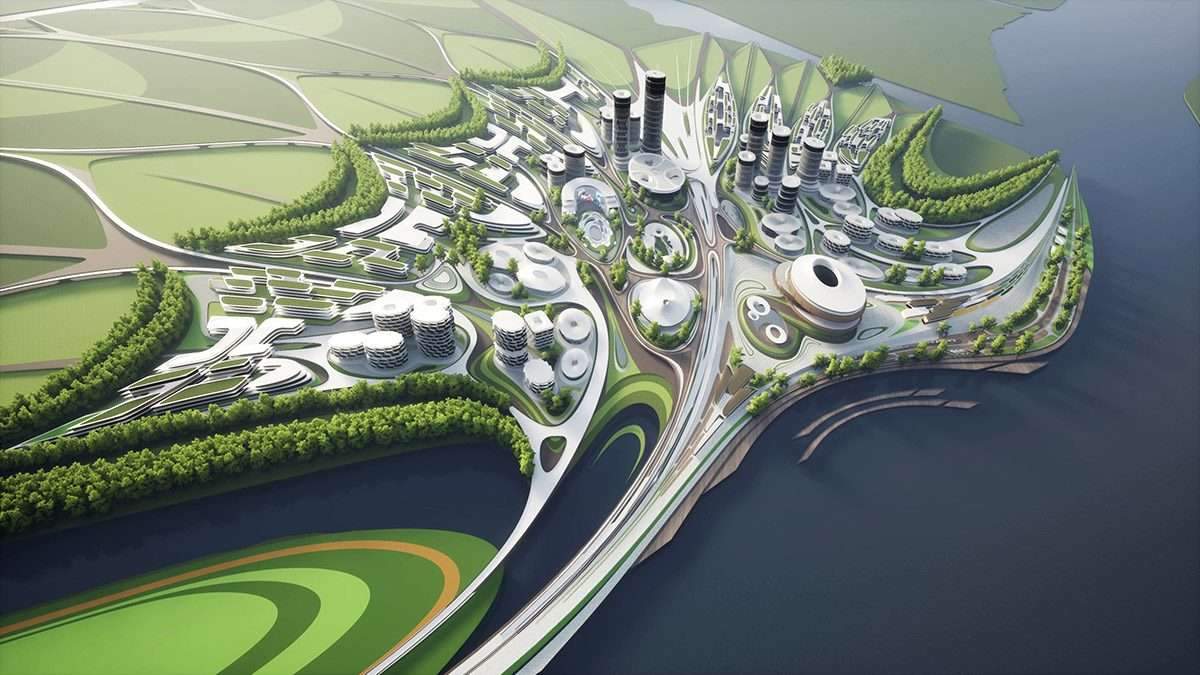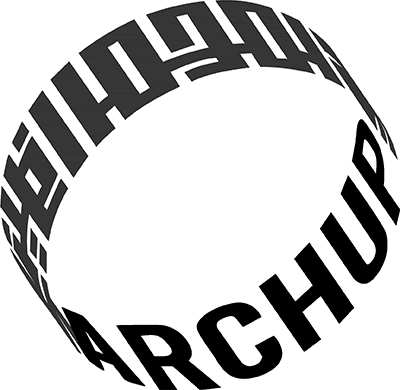Zaha Hadid Architects has unveiled its proposal for an “urban electronic” city in an overseas world.
This provides a high degree of freedom, movement and interactions for residents who want to create a company in this virtual world.
Design Features
The proposal, derived from a disputed territory known as the Free Republic of Liberland – a microstate claimed by right-wing libertarian politician and activist Vit Jedlička
Which covers an uninhabited piece of disputed land on the western bank of the Danube,
between Croatia and Serbia, is called the Liberland Metaverse.
Where residents can purchase a plot of land in the Liberland Metaverse with cryptocurrency and access digital buildings as avatars.
And the Liberland Metaverse is powered by Mytaverse,
a 3D immersive platform to bring the virtual city of Liberland to life.
According to the Liberland Metaverse website,
the project is in progress and developed by Zaha Hadid Architects, Mytaverse and ArchAgenda ao.

A virtual urban e-city, with all buildings designed by Zaha Hadid Architects,
is expected to be a “connection and collaboration” hub for metaverse developers,
crypto companies, and crypto events or projects, with the goal of accommodating more than 600,000 citizens.
Design shape
The virtual campus, which makes strong reference to the architectural language of Zaha Hadid Architects,
is comprised of individual buildings that are fluid and organic.
The campus consists of Liberland City Hall,
a plaza called DeFi Plaza, an incubator building called DeFi Incubator, NFT Plaza, and an exhibition building.
While the Liberland Metaverse aims to lead the development of Liberland as a libertarian small country, it will also function as a virtual reality field in its own right,
With the ambition to become a go-to-site for communication and collaboration.
And that the booming web 3.0 industry, i.e. the metaverse for developers of the metaverse and the crypto system in general.
The two societies – the community of liberals who understand that the technology-enabled prosperity potential of our time demands a revolution in the degree of freedom of entrepreneurship
and the community of blockchain-powered Web 3.0 developers who realize that their incredible innovative
prosperity depends on the unlicensed world of exchange – are highly homogeneous and overlapping.

Zaha Hadid reveals her urban cyber city
Because the scheme is designed using parametric – a type of architectural style based on computer software technology and algorithms,
it will remove all urban planning rules and zoning regulations,
as is usually defined in the physical world, and allow the idea of a differentiated, evolving, multi-author urban domain.
According to Schumacher, in the Liberland Metaverse,
“the plots of land will be sold under pledges according to an overlapping system of different planning systems”.
It would be “a central coordinated urban nucleus, surrounded by a layer of areas where the studio encourages urban autonomy”, and the second “areas where the absence of urban planning allows for spontaneous arrangement via free discovery. Processing.”
The architect believes that “development of the metaverse will enhance parametric,”
asserts that “this will also fuel physical architecture because most organizations and clients will have real and virtual spaces.”

The architect, who never believed that physical spaces would virtually disappear into the physical world,
explains the advantages of virtual environments:
“The main advantages of virtual environments are universal accessibility, adaptability and standardization.
Its land is considered to be the digital twin of one for one of the physical landmass of Liberland (beautifully located on the Danube River between Serbia and Croatia).
For more architectural news
LIBERLAND METAVERSE ArchAgendaDebate: Cyber-urban Incubators in the Blo… https://t.co/6O5eFfgHdo via @YouTube
— Patrik Schumacher (@patrik_schu) January 17, 2022


 العربية
العربية
Pingback: Renovation of the Beijing Art Gallery with two trapezoidal volumes to create skylights - ArchUp